Grade 7/8 Drawn and Altered Collage
Class 1.
Moving on from their earlier lesson & project on Cubism, we spent some more time looking at images of the movement that evolved out of it: Synthetic Cubism. We looked at the work of Braque and Picasso where still life constructions were further abstracted: elements cut up, shifted, and no longer simply drawn or painted. Instead, applied elements were used – collage both 2d and 3d low relief in the form of other patterned papers, cardboard, and text. Visual puns were sometimes used, just by including a word or a material/picture that has other associations. The picture plane fractured, and different views could be seen at once.
Let’s take a look, and I’ll report on our class’s process and how it went.
-

-
Picasso
-

-
Braque
-

-
Picasso
-

-
Julia
-

-
Annelise
-

-
Emily
-

-
Ethan
-

-
Ben S.
-

-
Cierra
-

-
Ryanne
-

-
Nathan (unfinished)
-

-
Ben B.F.
-

-

-
Annika
-

-
Hannah
-

-
Olivia
-

-
Nicole
-

-
James
-

-
Leeanne
-

-
Diego
-

-
Alex
-

-
Emilie
-

-
Leah
-

-
Aila
-

-
Victoria
-

-
Varun
Before diving into it, we reviewed some elements of composition that we covered in the first lesson in Cubism: focal point, balance, repetition and change, relating elements, symmetry and asymmetry. these projects were definitely going to be more asymmetrical than not, and having a focal point (point of interest) was going to be very important. These were posted on the white board for them to reference later.
I set up two still life’s – one with Brian’s guitar and the other with my violin. Students could gather around the one they chose. On large sheets of manilla construction paper (because that’s what we have a lot of in the school), they were to do a line drawing of the composition before them, drawing from close observation (with reminders to watch for proportions, relationship of objects to one another, scale, and details to provide interest).
Class 2.
Working by example on the board, using magnets and sticky tack, I cut up an unclaimed line drawing of a guitar (from one of the other guitar lessons this year), and began to rearrange their placement and orientation with pieces of wallpaper, newspaper, and the odd cutout of a word or letter. Piles of the similar materials were placed throughout the room, and soon papers were flying as students gathered their materials, cutting out bits, discussed what they saw in the newspaper, and began fracturing the images.
This was an instructive time for me to see the reactions of different students to the project so far. Requiring this level of abstraction and with so many choices to make gave some a sense of excitement and interest to see what they could do. Others found it confusing and even daunting to assemble a composition. For them, there was a danger of foundering, doing nothing, and losing interest. A few found this part frustrating. It was quite a task keeping pace with all of these things going on (or not), and attending to them individually! (Mrs. Godwin – Mrs. Godwin – Could you help me? – Mrs. Godwin!)
I continued to stress the elements of composition as marked on the board, especially getting that focal point. I also encouraged them NOT to glue down their different pieces too soon onto their fresh sheet of manilla. It would be better for them to move the pieces and try out different arrangements out before deciding on the final assemblage. Only then could they glue down the parts.
Class 3.
Of course, different students were at different stages – they get a double class, but it only comes round every 10th school day (throw in some missed classes due to other events happening, students missing days, and you begin to get the picture). Makes for a long time for such a project to finish.
The finishing of this one involved them working back into their composition with washes of paint – translucent is best so that what is already there is not masked out – and their choices of charcoal stick and/or chalk pastel. The idea was to augment, to tie things together, perhaps emphasize areas of interest and (you guessed it) focal point! Some were fighting project exhaustion at this point, but others found it freeing to briefly return to that way of working.
PHEW! We covered a lot of ground with this one, especially with the first Cubist project thrown in there, and I would say that the results are pretty interesting – even though they can not convey how much was learned about Art History, technique, making visual decisions creatively, and the experience of pushing perception beyond the obvious.
I think our next project will have to be something quite different. Clay, perhaps?
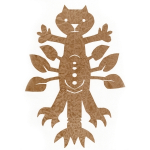

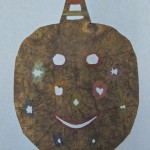
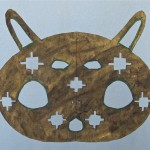
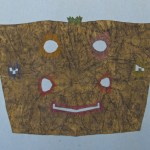
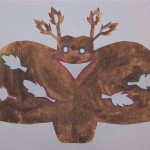
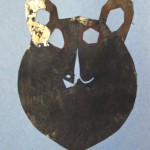
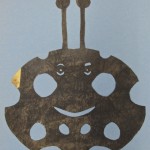
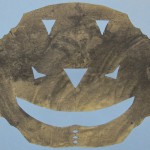
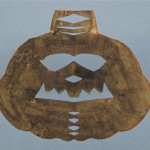
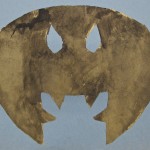
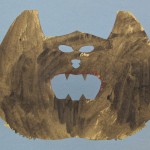
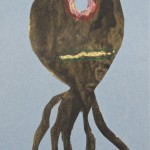
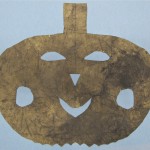
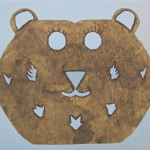
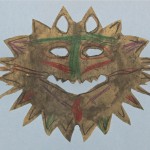
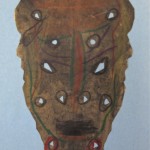
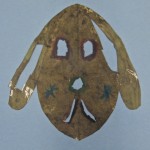





































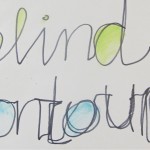













































































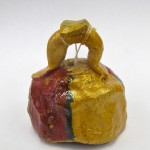
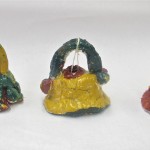
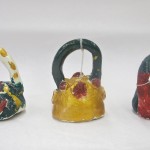
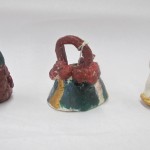
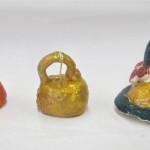
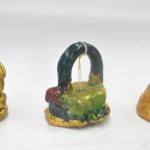
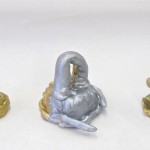










































You must be logged in to post a comment.